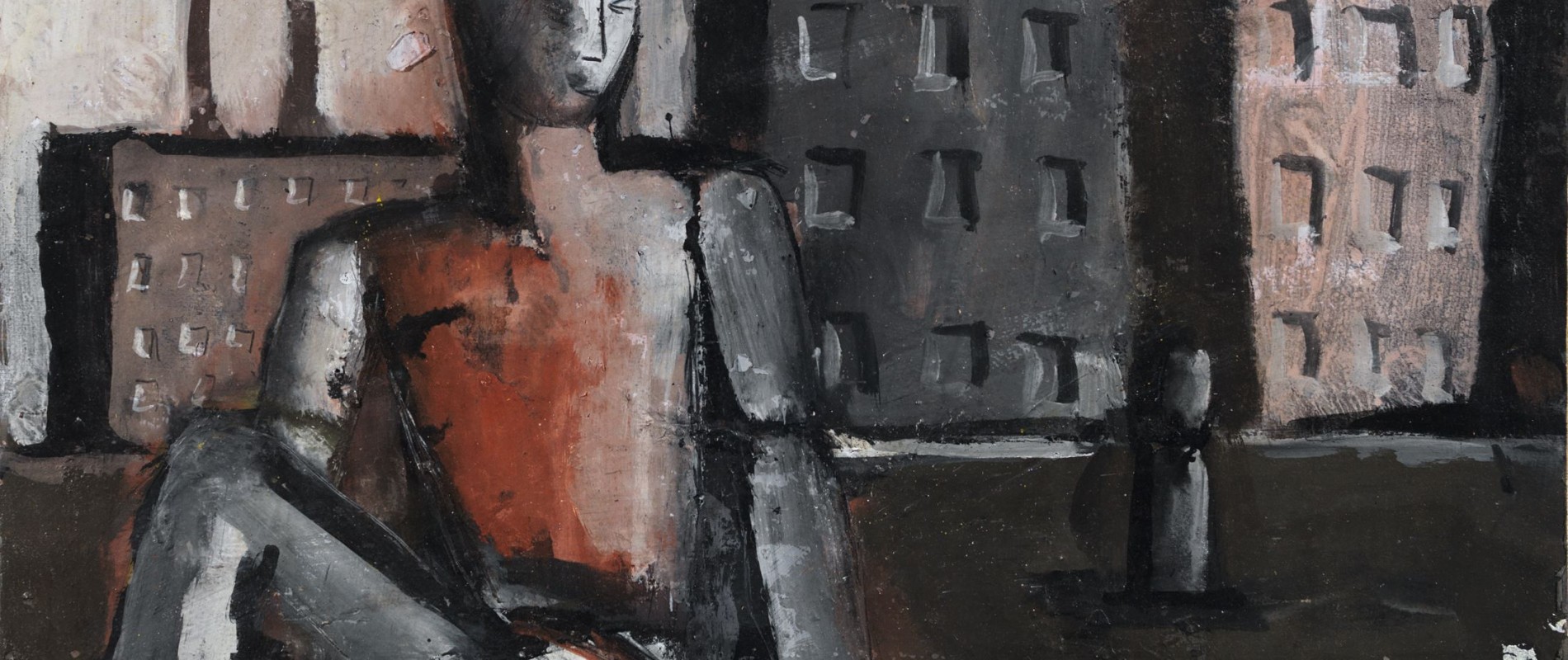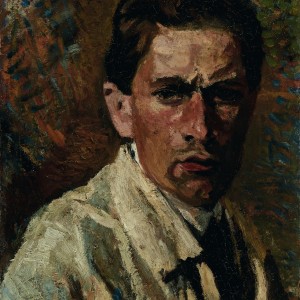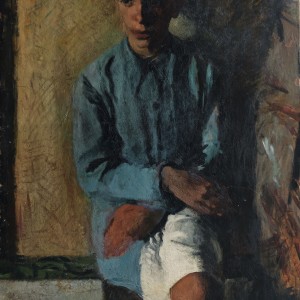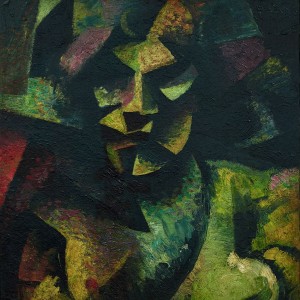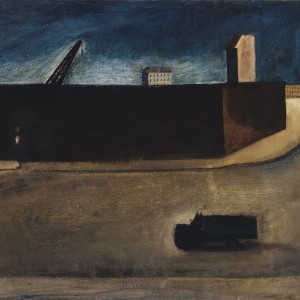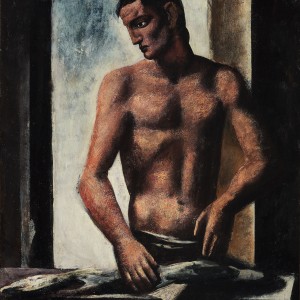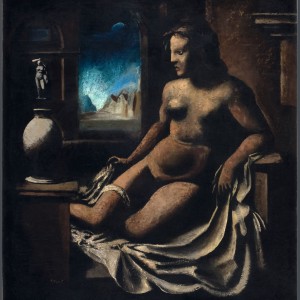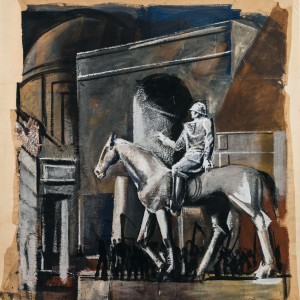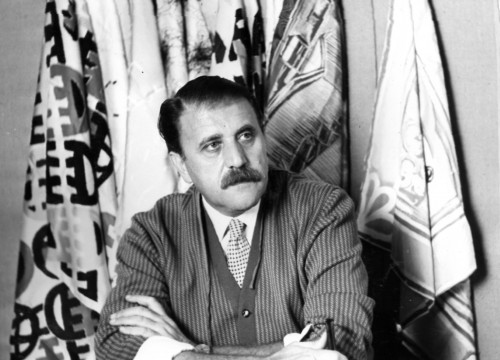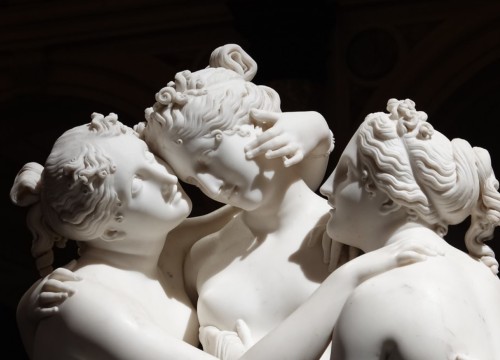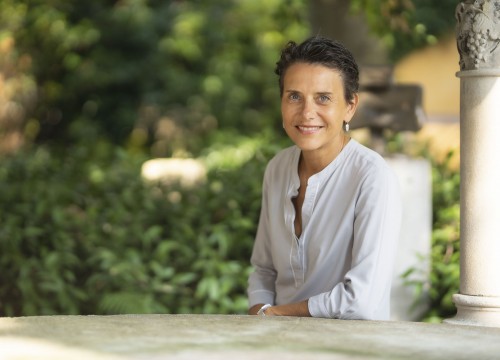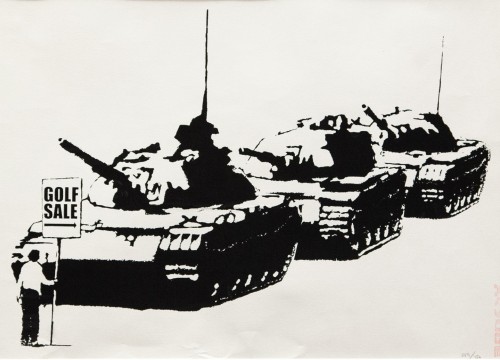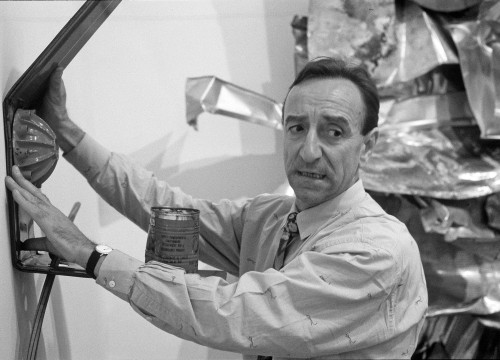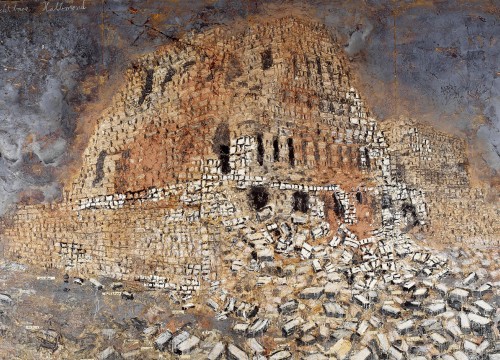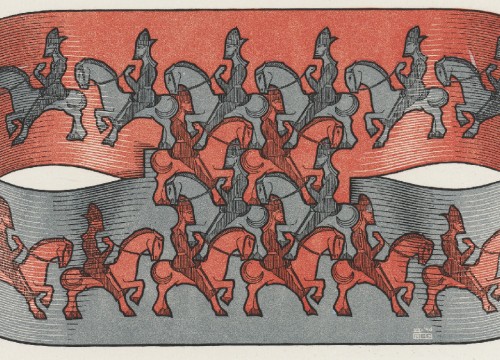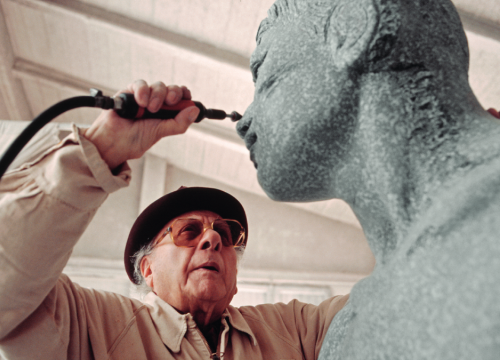MILAN • GREAT RETROSPECTIVE OF MARIO SIRONI AT THE MUSEO DEL NOVECENTO
The wide-ranging exhibition offers the opportunity to retrace the entire creative process of the master
He was interested in critically interpreting the present, the existential drama of his time that he poured out into the famous urban landscapes
The Museo Del Novecento in Milan will be hosting until the 27st of March 2022 “Mario Sironi. Synthesis and grandiosity”, an anthological exhibition of over one hundred works by the Master born in Sassari in 1885. (curated by Elena Pontiggia, Anna Maria Montaldo, director of the museum, in collaboration with Andrea Sironi-Strausswald - Mario Sironi Association, Milan - and Romana Sironi - Mario Sironi Archive, Rome. A powerful catalogue by Ilisso Publisher completes the exhibition). This exhibition offers us the opportunity to retrace the entire creative process of an artist who was able to interpret with clarity and allegorical punctuality the steps and crucial junctions that marked and characterized the first half of the last century. If some works of the first period, such as Self-portrait of 1909-1910, are influenced by the climate of symbolism and postimpressionism, futurism and cubism are manifested with particular expressive sensitivity in Testa of 1913.
The monumentalism of the characters and of the architectural structures is part of the logic of the emphasized classicism of the 20s
Sironi was interested in critically interpreting the present and its passage to “metaphysics”, poured out and translated into the existential drama of the famous urban landscapes of the 1920s (such as Paesaggio Urbano of 1925-1928) and already present in Il camion of 1914-1915. The “monumentalism” of the portrayed characters and the architectural structures, which will find an impressive wide-ranging development in the following decade, enters this logic where we can find remarked classicism that marries the climate established by the regime. In such a context even a figure of not austere social level as Il pescivendolo of 1925 conquers a particular narrative importance.
Sironi's pessimism regarding human affairs is evident in the impassive faces whose statuesque grandeur is not enough to change their destiny
On the other hand, the allegory of Pandora with her severe and melancholic gaze lost in nothingness, which characterizes the painting dedicated to her in 1921-22, leads us back to Sironi’s pessimism towards human events, a pessimism that will leak from the impassive faces of the future characters whose statuesque grandeur is not enough to change their fate. It is a climate that also involves Condottiero a cavallo at the turn of ‘35 and that goes to undermine the compositional rigor of the great murals, as we can notice in the preparatory study for La Giustizia tra la Forza, la Legge e la Verità of 1938.
The experimenter and careful investigator of his own time Sironi, will reinterpret, starting from the forties, the travails of the world that surrounded him through some tests of particular perceptive intensity that will then find the emotional and gestural correspondence in the works of the “new German expressionists” working in the isolated and divided post-war Berlin.
They are allegorical compositions with a strong visual impact such as the emblematic Montagne, dated around 1943, which give us an artist characterized by a burning creative commitment. The last painting of 1961 offers an interesting synthesis of Mario Sironi’s entire career. It plays the role of a testament for all of us who are able to view, thanks to such masterpieces, his sadness and deep existential pain that in the same year will deliver his talent to posterity.

